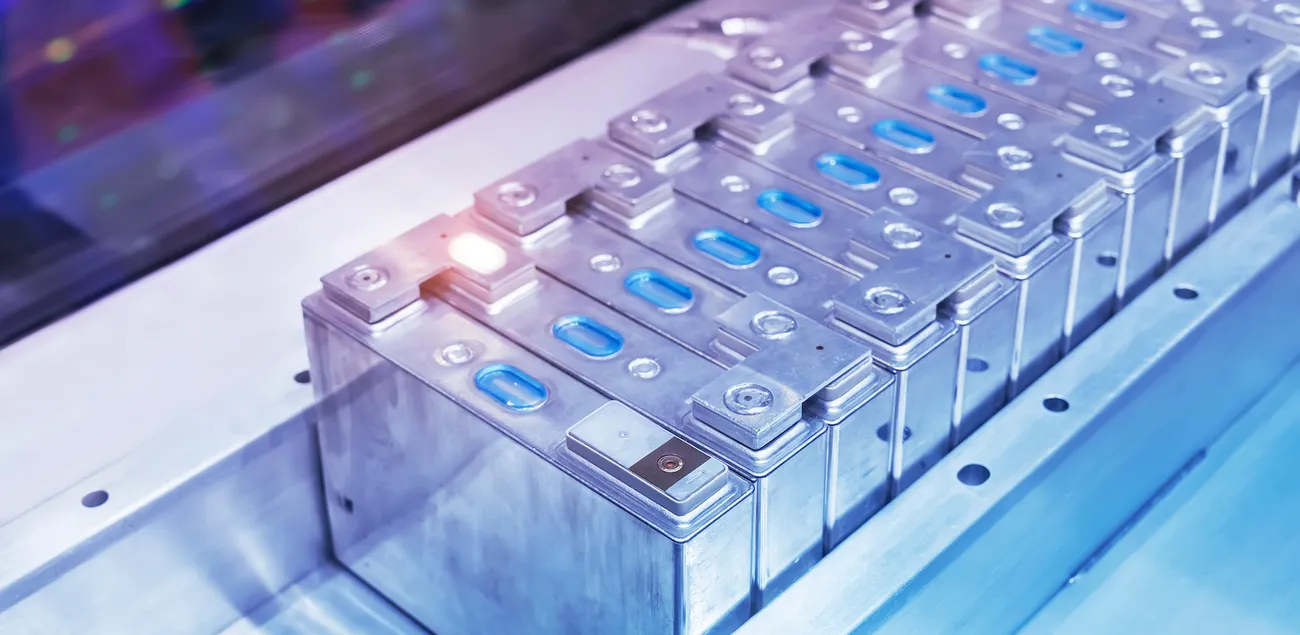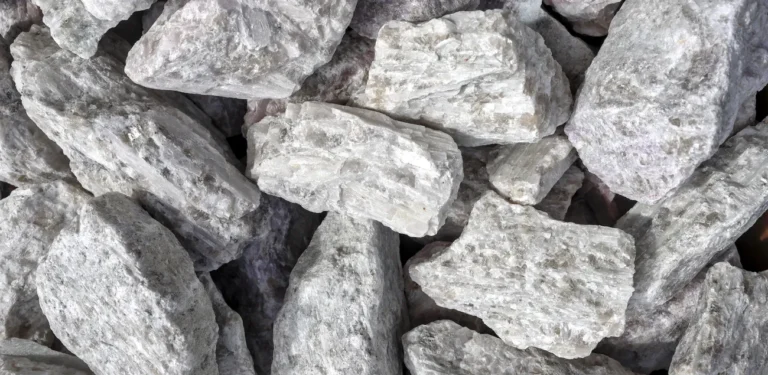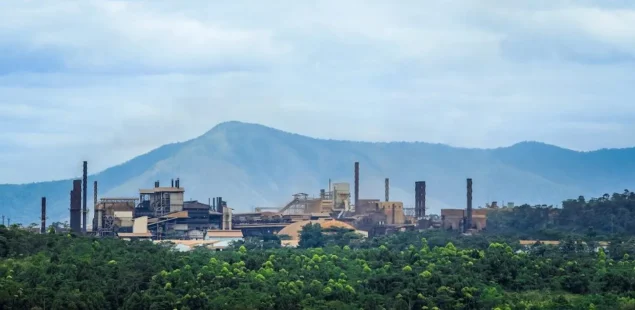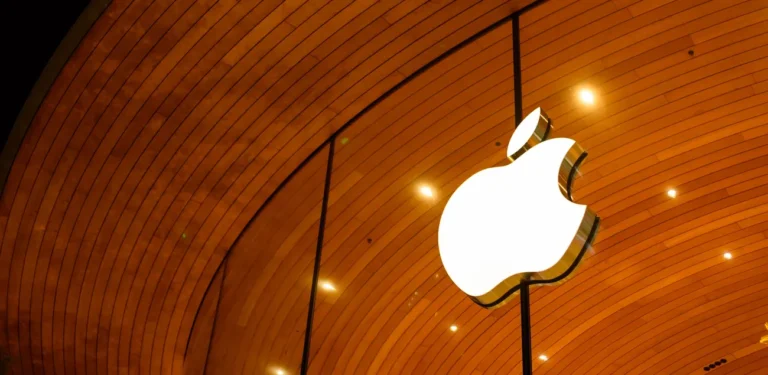
China’s Ministry of Commerce, the country’s trade regulator, and the Ministry of Science and Technology, its policy adviser, have revised the national list of technologies subject to export controls for the fourth time since 2001. The move inserts lithium-iron-phosphate (LFP) battery-cathode preparation technology into the “restricted” column—requiring exporters to obtain a licence—while deleting three construction-related items and tightening rules around non-ferrous metallurgy. The catalogue now records one addition, three removals and one modification.
New Controls Tighten Grip on Battery Supply Chain
The change places a key processing step for LFP cathodes—China’s workhorse battery chemistry—behind an export licence. Beijing’s decision arrives as the country commands roughly 87 per cent of global cathode production capacity, and more than 98 per cent for LFP specifically. Companies such as CATL, BYD subsidiary FinDreams and Gotion churn out cathode powders from clusters around Fujian, Sichuan and Jiangsu provinces, supplying both domestic carmakers and plants in Europe and Southeast Asia.
Industry executives say licence reviews could delay or deter outbound technology transfers to emerging battery hubs in the United States, India and Indonesia, forcing foreign cell makers to rely on Chinese joint-venture partners or to re-engineer processes in-house. The ministry justified the step by citing the “increasing use of LFP in sensitive applications”—a reference understood to include military logistics and grid-scale storage.
Metallurgy Curbs Extend to Lithium Carbonate and Gallium
The revision also amends an existing non-ferrous metallurgy item, placing spodumene-based lithium-carbonate production techniques—integral to most Australian feedstock routes—under licence. Spodumene converters in Zhejiang, Jiangsu and Yunnan accounted for more than half of the 820,000 tonnes of battery-grade lithium carbonate produced in China last year. Spot prices for battery-grade material stood at about 63,700 yuan ($9,020) per tonne on 15 July, still down by a third from January despite a recent rally.
Gallium extraction requirements have been “adjusted” rather than removed. The minor metal, essential for radio-frequency semiconductors, last traded around ¥1,700 per kg ($237), well below last year’s peak but still vulnerable to supply squeezes after China in 2023 imposed export permits on the refined metal itself.
Architectural Know-How Free to Travel Again
In a bid to “promote the sharing of Chinese architectural achievements internationally,” regulators struck off one prohibited item covering traditional timber-frame techniques and two restricted lines on building-environment control systems. Architectural institutes had argued that the controls hampered overseas restoration projects and academic collaboration, while offering little strategic value.
Company Background and Market Context
The Ministry of Commerce (Mofcom) oversees China’s export-control regime and administers all dual-use licence applications; it processed about 1,300 technology export approvals in 2024, according to the latest government yearbook. The Ministry of Science and Technology sets national R&D priorities and co-drafts catalogues that interface with national security law.
On the corporate side, CATL dominates LFP patents, holding about 38 per cent of global filings. BYD’s FinDreams unit ranks second and has begun exporting finished batteries from its Shenzhen base to Tesla’s Berlin Gigafactory. Smaller players such as EVE Energy and Hunan-based Yongxing Materials have partnerships in Hungary and Malaysia but rely on Chinese engineering blueprints that now fall under licence scrutiny. International miners with spodumene projects—Pilbara Minerals in Australia and Sigma Lithium in Brazil—ship their concentrates to Chinese converters whose process tweaks are now explicitly controlled.
The tightened list follows a succession of outbound restrictions on critical inputs: gallium and germanium metals in August 2023, graphite anode material in December 2024 and advanced chip design software in March 2025. Washington, Brussels and Canberra are simultaneously erecting investment-screening regimes covering battery supply chains. Trade lawyers expect a rise in self-reporting and “catch-all” enforcement actions as companies grapple with overlapping rule books.
Lithium is the lightest metal and indispensable for high-energy-density batteries powering electric vehicles and grid storage. Demand has risen fivefold since 2015, yet prices have swung from a record $85,000 per tonne in late 2022 to the current $9,000 level on rapid supply growth. Analysts still project a structural deficit late this decade once EV penetration accelerates in emerging markets.



